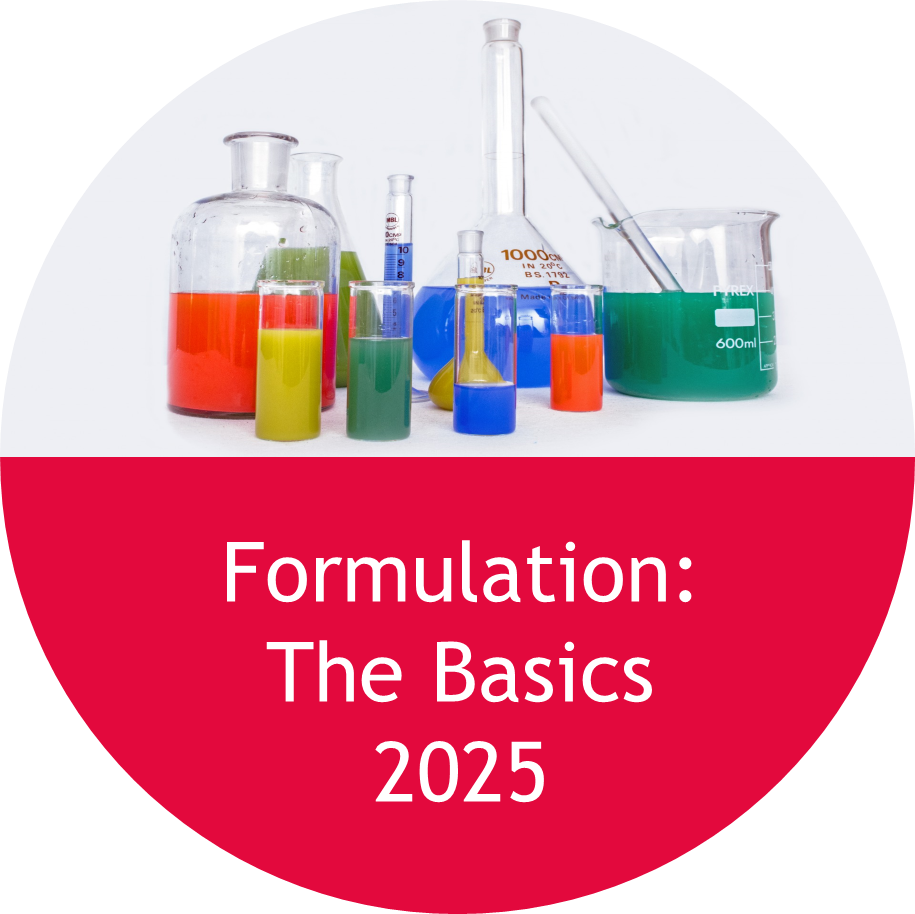Dr David Calvert, July 2019

I was delighted to be asked to present at the inaugural Biopesticides Summit in Swansea and congratulate the organisers and particularly Minshad Ansari of Bionema Limited on a very interesting event.
There is no doubt that there is a public appetite for more natural alternatives to chemical pesticides, and as resistance to chemical pesticides continues to increase, the use of Integrated Pest Management (IPM) and natural pest control will become more commonplace. There are moves to try and establish more appropriate regulatory regimes for biocontrol (although, let’s be honest, that isn’t going happen very quickly) and the work of the International Biocontrol Manufacturers Association (IBMA) is to be applauded in that regard. Pipelines for new products are already strongly emphasising biological actives, so why have I chosen the title of this post?
Well, may be a little biased but I do believe that in the search for the ultimate active or microbe or virus the biocontrol industry is in danger of missing the opportunity presented by formulation. This came across most to me when I was invited to sit on a panel at the end of the conference and answer questions raised by other delegates. One of the questions posed was to ask whether the panel felt that the effort to identify more specific strains was a worthy one. Earlier in the morning, we had been given a presentation which suggested that as little as 1% of an applied biopesticide was reaching its target due to spray drift, lack of spreading, lack of adhesion, poor rain resistance and penetration etc. In other words, biopesticides in this instance are literally missing the mark! These issues are not trivial ones but are common to chemical pesticides and can certainly be improved by correct formulation and the choice of appropriate adjuvants. So I was somewhat disappointed that the approach suggested by the panel was yes this should be a key activity and not only should we be looking to develop national registers of bacteria strains but also global databases. Whilst you should always of course be looking out for new actives, surely it is a little naïve to think that a new active is going to be so robust that it can withstand what is clearly an inadequate formulation. I think that my answer that new strains and looking for another “silver bullet” was not the right approach may not have gone down too well but I felt that I had to get this off my chest!
Other excellent presentations during the conference talked about how biopesticides needed new advice for growers about when and how to apply and also how encapsulation and use of adjuvants can bring significant benefits.
The conference did not touch on the area of smart agriculture, but this is already showing great promise. So if we are to achieve challenging targets of producing more food in a more sustainable way, then we must not get dragged down by looking for the perfect solution and complaining about regulators but focus efforts on making more of what we already have and improving the application of existing sustainable products. Of course formulation can play a key role in this and at iFormulate we will certainly be keen to help more players in this important sector achieve the full potential of their products!
How can we help? Questions or comments to david@iformulate.biz.










